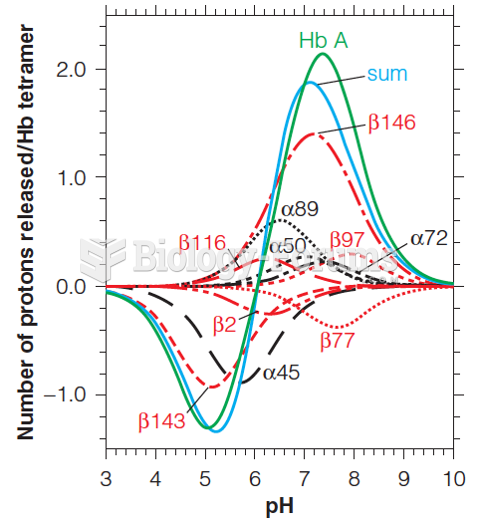Answer to Question 1
1.
Normal
Theoretical Practical Capacity
Capacity Capacity Utilization
Denominator level in units 275,000 265,000 233,200
Budgeted fixed manuf. costs 2,915,000 2,915,000 2,915,000
Budgeted fixed manuf. cost allocated per unit 10.60 11.00 12.50
Production in units 235,000 235,000 235,000
Allocated fixed manuf. costs (production in units
budgeted fixed manuf. cost allocated per unit) 2,491,000 2,585,000 2,937,500
Production volume variance (budgeted fixed manuf.
costs allocated fixed manuf. costs)a 424,000 U 330,000 U 22,500 F
aPVV is unfavorable if budgeted fixed manuf. costs are greater than allocated fixed costs
2.
Normal
Theoretical Practical Capacity
Capacity Capacity Utilization
Units produced 235,000 235,000 235,000
Budgeted fixed mfg. cost allocated per unit 10.60 11.00 12.50
Budgeted var. mfg. cost per unit 5.00 5.00 5.00
Budgeted cost per unit of inventory or production 15.60 16.50 17.50
ABSORPTION-COSTING BASED INCOME STATEMENTS
Revenues (39 selling price per unit units sold)
9,750,000 9,750,000 9,750,000
Cost of goods sold
Beginning inventory (35,000 units budgeted
cost per unit of inventory) 651,000 665,000 717,500
Variable manufacturing costs
(235,000 units 8 per unit)
1,880,000 1,880,000 1,880,000
Allocated fixed manufacturing overhead (235,000
units budgeted fixed mfg. cost allocated per unit) 2,491,000 2,585,000 2,937,000
Cost of goods available for sale 5,022,000 5,130,000 5,535,000
Deduct ending inventory (20,000b units budgeted
cost per unit of inventory) (372,000) (380,000) (410,000)
Adjustment for production-volume variance 424,000 U 330,000 U (22,500) F
Total cost of goods sold 5,074,000 5,080,000 5,102,500
Gross margin 4,676,000 4,670,000 4,647,500
Operating costs 200,000 200,000 200,000
Operating income 4,476,000 4,470,000 4,447,500
bEnding inventory = Beginning inventory + production sales = 35,000 + 235,000 250,000 = 20,000 units
20,000 18.60; 20,000 19.00; 20,000 20.50
3. Donaldson's 2014 beginning inventory was 35,000 units; its ending inventory was 20,000 units. So, during 2014, there was a drop of 15,000 units in inventory levels (matching the 15,000 more units sold than produced). The smaller the denominator level, the larger is the budgeted fixed cost allocated to each unit of production, and when those units are sold (all the current production is sold, and then some), the larger is the cost of each unit sold, and the smaller is the operating income. Normal capacity utilization is the smallest capacity of the three; hence, in this year, when production was less than sales, the absorption-costing based operating income is the smallest when normal capacity utilization is used as the denominator level.
4.
Reconciliation
Theoretical Capacity Operating Income
Practical Capacity Operating Income 6,000
Decrease in inventory level during 2014 15,000
Fixed mfg cost allocated per unit under
practical capacityfixed mfg. cost allocated
per unit under theoretical capacity (11 10.60) 0.40
Additional allocated fixed cost included in COGS
under practical capacity = 15,000 units 0.40 per unit =
6,000
More fixed manufacturing costs are included in inventory under practical capacity, so when inventory level decreases (as it did in 2014), more fixed manufacturing costs are included in COGS under practical capacity than under theoretical capacity, resulting in a lower operating income.
Answer to Question 2
a







